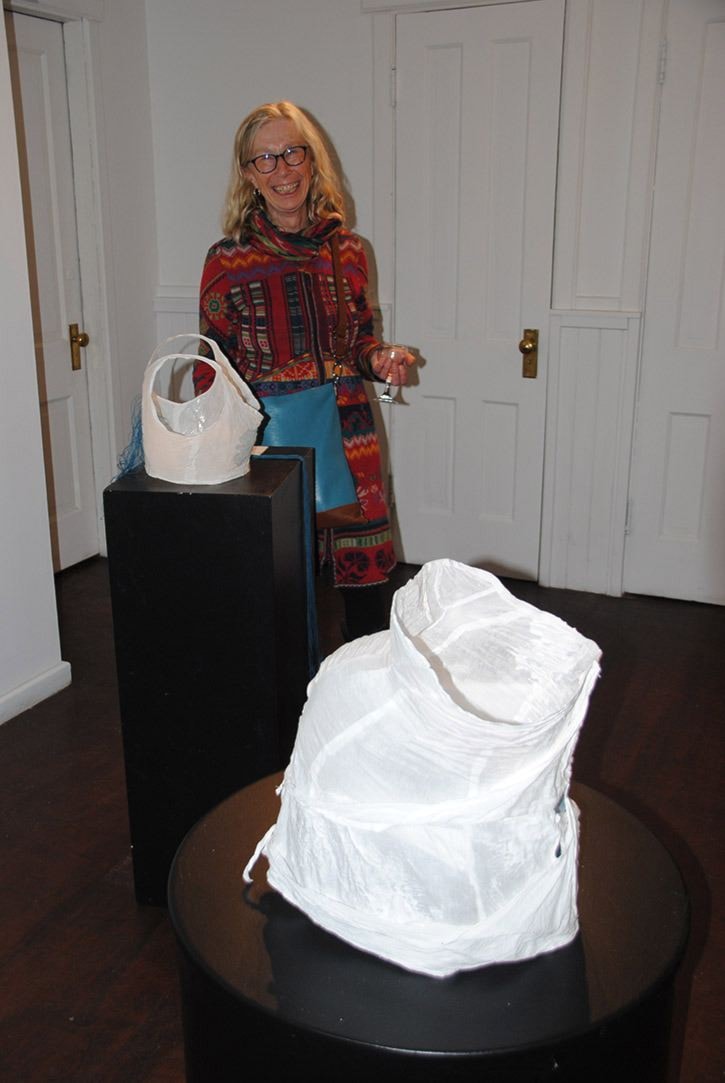The March show at the Station House Gallery was scheduled to end Saturday, March 25 but has been held over for this week.
Downstairs Art of the Frame features items from the Potato House Project and local craftsmen showcasing the artistry of frames. This show was featured earlier this month.
Upstairs the show is called Arctic Undergarments and showcases Helena Wadsley's mixed media adventure featuring women explorers of the Arctic.
Based in Vancouver and Italy, Helena Wadsley works with video, textiles, paint and photography. She also teaches visual arts in Vancouver.
Her work examines gendered difference through the history of costume and women's labour. She uses local or sustainable materials in her work.
This winter and spring, her work is being shown in Prince George, Williams Lake, Abbotsford, as well as Texas and Portugal.
She recently participated in artist residencies in the Dominican Republic, the Arctic and Spain.
During the summer she runs an artist residency in southern Italy.
Her etherial show includes a video slide show and fabric re-creations of period undergarments that the women explorers likely wore in the early years of exploration.
For instance one piece tells the story of Jo Peary (1863 to 1955) the wife of famous Arctic explorer Robert Peary.
Jo to Greenland to be with her husband, despite discovering that he had taken an Inuit wife as well. In 1893 she received a lot of attention because she was the first white woman to give birth in the Arctic, and her baby, Marie Ahnighito Peary, quickly became known as the Snow Baby. In Germany, a porcelain figurine of Marie became a popular item.
Wadsley says she selected Jo as part of the project not because she achieved anything significant (giving birth in the Arctic was not new to Inuit cultures) but because her story represents such blatant racism. Baby Marie's middle name was in reference to the meteorite that was the only source of metal for the local Inuit people for making harpoons and tools.
Robert Peary's crew took the meteorite to the US where it still sits in the American Museum of Natural History in New York.
The corset is based on what typically would have been worn by an American in the 1890s, a time when women were so accustomed to wearing corsets that pregnant women wore them too, although they were much looser.
